Fireflies in the Backyard
The fireflies are out in full force this year, and they are both plentiful and huge. Because we’ve been naturalizing the yard, we’ve had the joy of seeing them gradually increase from summer to summer. I didn’t expect them to actually increase in size or for them to be visible crawling in numbers over our brick walls.
Part of welcoming more wildlife into our greenspace is welcoming all wildlife, from birds and bunnies to insects. I never knew there were so many varieties of bees and other pollinators. I never thought about where bees sleep at night before. There’s so much magic in the natural world — you just have to know how to cultivate it, look for it, and let it go.
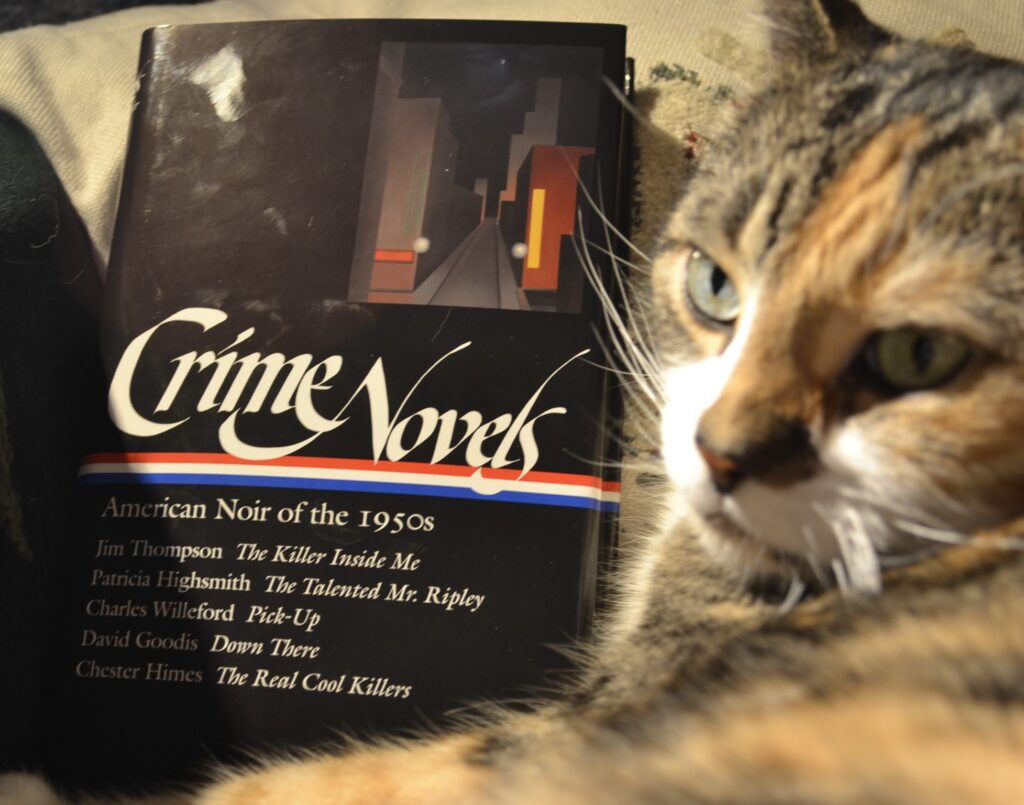
Some Context
This week, I’m focussing on the noir novels of the 1950s. Here we are moving away from looming dread of war and toward the disillusionment of what was waiting for those that returned from overseas. Many promises were broken as people tried to rebuild their lives, only to find that they could not return to who they were before the conflict.
More than a simple revealing of the ‘dark side of suburbia’, these novels are about failed potential, youth lost in addictions and lives that went on a downward spiral instead of following a traditional blueprint. There are also hints at themes that would come to define 1960s — corruption of government, systemic racism, and privilege. Let’s take a closer look.
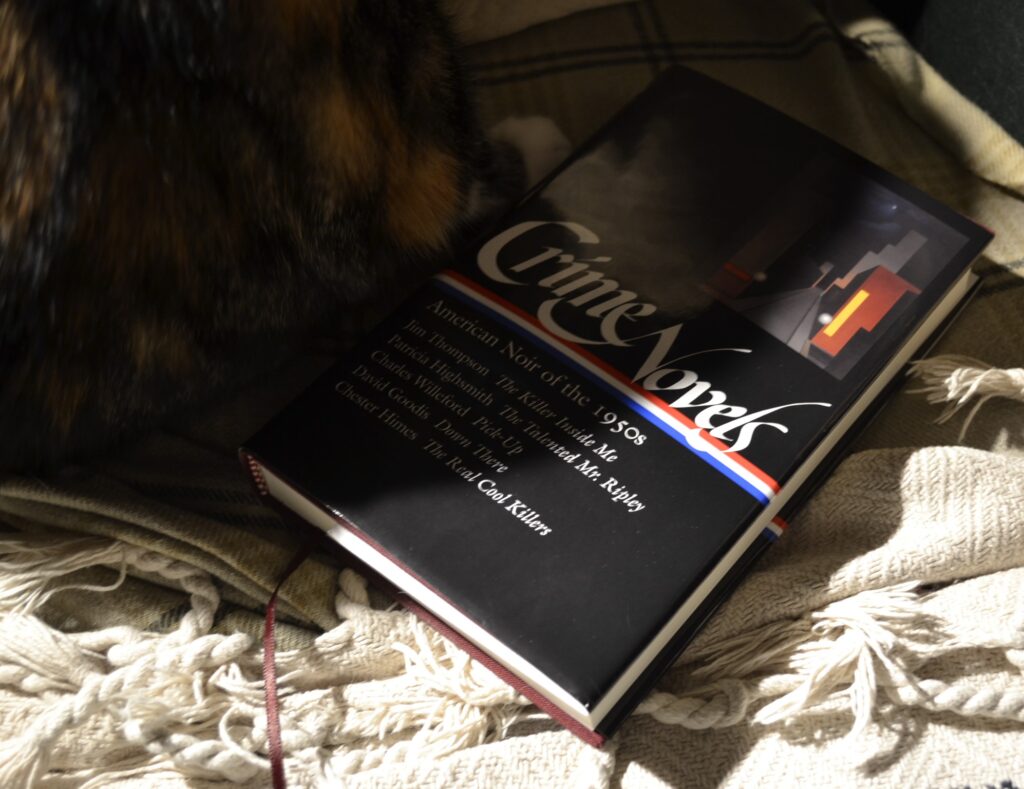
The Novels
The Killer Inside Me
Jim Thompson’s The Killer Inside Me is coincidentally the novel whose cover graces the Wikipedia article on noir novels! It’s a gritty novel that takes you inside the mind of a killer that doesn’t have any kind of moral compass or any inkling of one. Scarily enough, he’s a sheriff’s deputy and he specializes in beating women to death. (Men usually get shot.) He’s also a sadist. There’s a lot of content here that might not be for all audiences. What’s most interesting about the book is that it attempts to delve into the factors that both make and hide a monster — including a systemically racist, misogynist, corrupt system in a very small town.

The Talented Mr Ripley
You’ve probably heard of Patricia Highsmith’s The Talented Mr Ripley, since it was made into an incredibly popular film starring Matt Damon in 1999. Highsmith specializes in tight plots that seem unbelievable, yet somehow she imbues them with a chilling logic. You would think that someone couldn’t murder a friend, assume their identity, abandon their identity when a second murder is needed, and then somehow make a play for that dead friend’s money. Yet Highsmith convinces you that, yes, it could happen. The exotic Italian locales that are beautifully described make for some excellent summer mood reading as well.
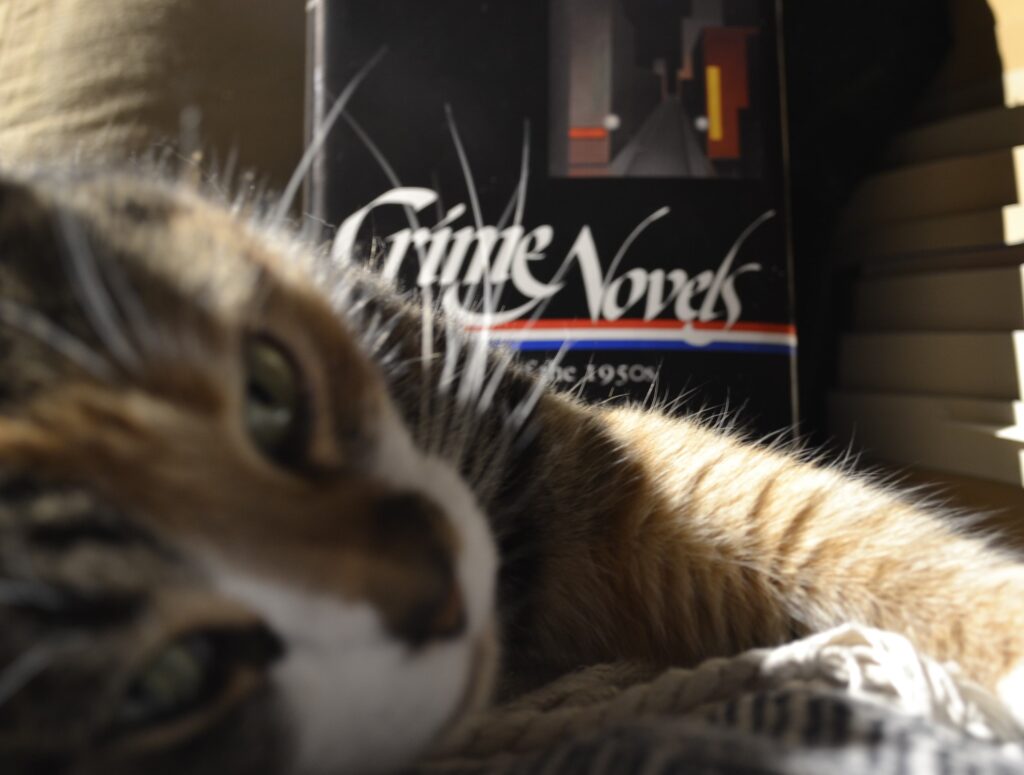
Pick Up
Pick Up is a short, terse, and absolutely absorbing book from Charles Willeford that follows two alcoholics that decide to take a mutual path to utter destruction. Finally, there’s a suicide pact that fails, a psychiatric hospital stay, another suicide that is slightly more successful, and then it careens straight into a murder trial. Willeford uses this story partially to discuss the failings of the mental health and justice systems of the 1950s. These people are falling through the cracks and there should be resources there to help them when they need it, but even when they actively seek it out there is nothing for them to cling to. Instead, they are left to their own devices and the dark place those lead them to.
Down There
David Goodis’ Down There has also been made into a film — specifically Francois Truffaut’s Shoot the Piano Player of 1960 (which I also have not seen). Eddie is a piano player that is down and out but once went to Carnegie Hall! However, the criminal enterprises of his family are finally catching up to him and eventually will send him on a journey that will come full circle in the dive Harriet’s Hut. This was my least favourite of the volume, but it does feature one dubious claim to fame: a double fridging. That’s right. Eddie has a tragic backstory with a dead wife and then another tragedy befalls a mostly nameless waitress — right after they serve to forward Eddie’s plot. Yeah. I’m not impressed.

The Real Cool Killers
Last in the collection is Chester Himes’ The Real Cool Killers, which is one of the novels that feature Harlem detectives Coffin Ed Johnson and Grave Digger Jones. It’s important to know that Himes was doing something important for the time, adding a bit of diversity to the world of pulp and bringing what was a very white genre to Black audiences. However, this reads more like a precursor of Blaxploitation than a genuine image of what it was like to be Black in Harlem. Also, police procedure is a little…interestingly written. It’s a fun, wild ride, with a bit of a discussion of the generational scars left by racism and slavery.
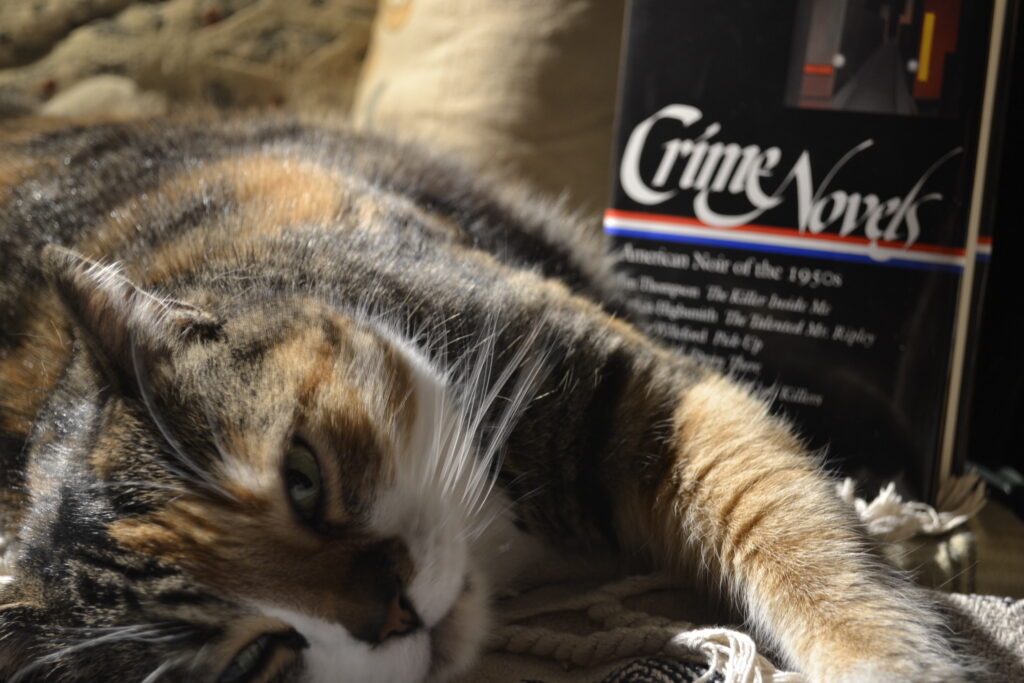
Black Raspberries in the Front Yard
Our black raspberry bushes have exploded with berries, and I couldn’t be happier. These berries are a taste that brings me back to my childhood summers spent at my grandparents’ cottage. My grandfather would take me out to the wooded road sides and tirelessly harvest berries for me while I ‘helped’ by eating them. He would fill a mug to the brim and then I would eat them by the lake, listening to the loons as the sun set, cold from hours in the water.
Now, my lovely spouse is the one picking berries for me. I make her take half of the harvest, but it touches something deep inside of my soul that she wants to keep this memory alive for me. That she wants to share it with me. It’s one of the best parts of my present summers.
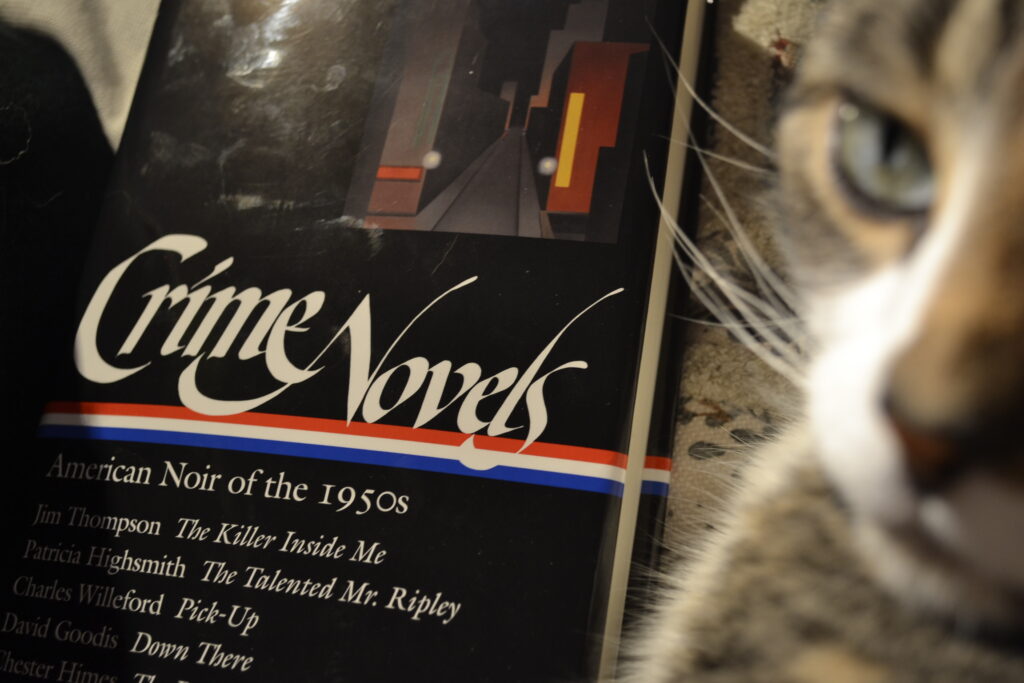
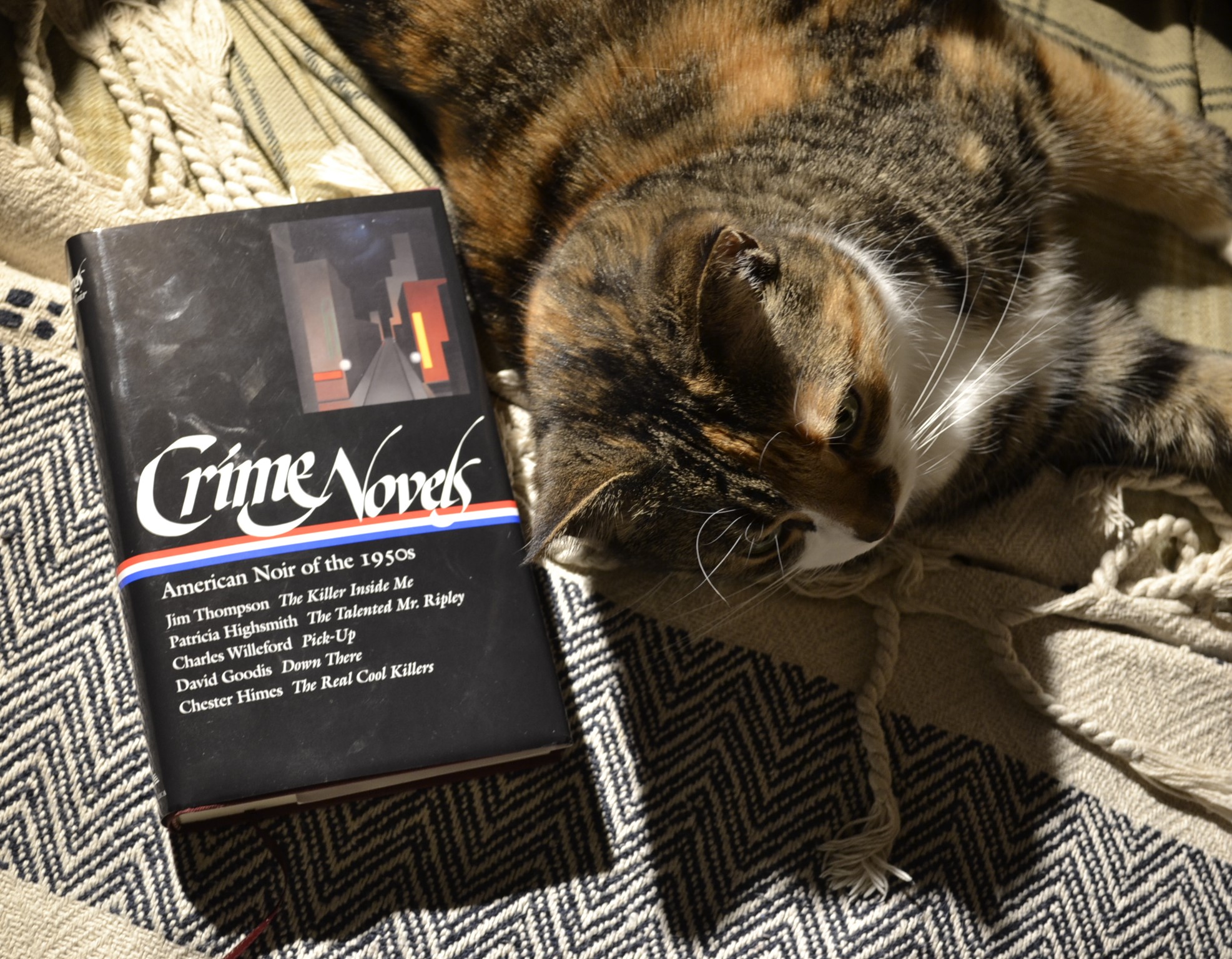
[…] was written by Chester Himes and published in 1966, and unlike the Chester Himes book included in the 1950s collection (The Real Cool Killers from 1959), it is a standalone story focussed on systemic racism within the […]